KAFTANS (caftan/قفطان/qaftân), traditional loose-flowing, light coverall robes worn by Muslims, are trending in a big way on the international fashion scene. This unstructured garment is immensely appealing to people in a rough economy as something that can be transformed in different ways. It can be casual, for heading to the beach or hanging out at home, but it’s still something that people can wear outside and feel fashionable in. There are not that many garments that translate so well. Besides, the kaftan’s ability to obscure so-called “figure flaws” also has a great appeal to women who are pregnant or carrying post-pregnancy baby weight.
Believed to have roots in ancient Mesopotamia, a region that includes parts of present-day Turkey, Syria, and Iraq, kaftans were worn by men and women—in some cultures, exclusively by men. More advanced kaftans had real sleeves, and some opened in the front, like a coat or robe, worn with and without a belt.
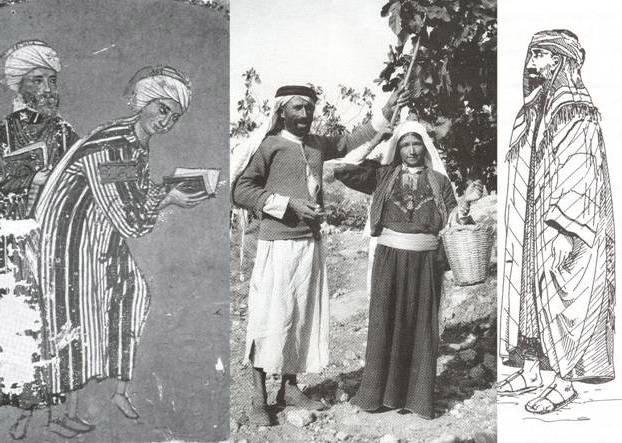
Above: Traditional Arabic dress ranging from 13th century to 1923. (From “Encyclopedia of Islam”)
Essentially, a kaftan is simply loose fabric, attached to the shoulders with holes for the arms and the head. It’s the kind of garment that has been worn throughout history by lots of different cultures. But the ones that we know now as fashionable kaftans have their most immediate root in the 1960s, when designers were starting to look toward more exotic locations like Morocco and Turkey, places where these traditional loose, flowing garments were worn for centuries because of the warm climates. It’s a breathable, comfortable garment in the heat.
The kaftan-like garments that popped up throughout civilization had their own regional styles and names. The Japanese developed flowing robes known as “kimonos,” while the Chinese started wearing big-sleeved robes called “hanfus.” The West African “boubou,” also known as a Senegalese kaftan, is a wide-sleeved robe similar to a hanfu. In other regions, the kaftan took the form of a slimmer-fitting long jacket that buttoned in the front like the Indian “sherwani” or the Persian “khalat.”
Several cultures used the word “kaftan” to describe their traditional dress. In North Africa around Morocco and Algeria, kaftans also called “djellaba” are long outer robes with hoods. Morocco also has a woman’s kaftan known as a “takchita,” which has two layers, a pullover dress made of unadorned fine fabric and then a matching overcoat that buttons up the front and is embellished with embroidery, beads, or sequins. The takchita is worn with a matching belt under the bust.
The Ottoman Empire, ruled by the Oghuz Turks, ruled much of Southeast Europe, Western Asia, the Caucasus, North Africa, and the Horn of Africa during the 12th and 13th centuries. The all-male Ottoman sultans, as well as male dignitaries and generals, wore kaftans right up until the dissolution of the government in 1922. These kaftans were more like coats that buttoned in the front and flared at the hips, and their rich colors, bold patterns, and accoutrements like buttons and ribbons all indicated the wearer’s status. They were given as gifts of honor to court guests. The Topkapi Palace Museum in Istanbul has an impressively preserved collection of ancient sultan kaftans.
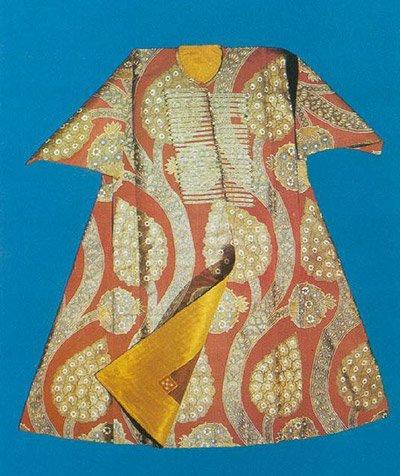
An ancient Ottoman Empire kaftan housed in the Topkapi Palace Museum in Istanbul. From the book “Silks for the Sultans” by A. Ertug and A. Kocabiyik. (Via TransAnatolie.com)
When the Western World (including England, France, Italy, and the United States) started to appropriate kaftans in the 20th century, the idea was pilfered from all over the map. kaftan fashion in the West was borne out of a romantic obsession with the idea of the exotic otherness, whether it was fantasies about Arabian deserts, Indian temples, Turkish palaces, or Southeast Asian islands.
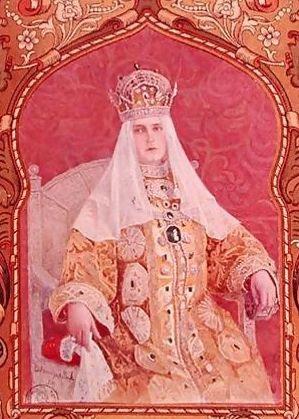
Portrait of Czarina Alexandra in a traditional Russian coronation dress. (Via 1st-Art-Gallery.com)
The appropriation started with Russia, after Queen Victoria’s granddaughter Alix of Hesse married Czar Nicholas II, which made her Czarina Alexandra, in 1894. In the late 1890s, Alexandra was an aspirational royal style icon. The czarina rocked the Western European fashion world when she appeared in a long, straight, and heavily embellished traditional coronation dress from Russia’s past. (Historically, Russian kaftans look quite similar to those worn by Ottoman sultans.) Radically different from the waist-cinching corset and curve-hugging dress that was so fashionable in England, the robe completely obscured her figure. She looked delightfully striking and strange to Western eyes.
This was one of the first examples of a woman who was also seen in fashionable Western dress wearing something so exotic. Her coronation gown influenced fashion, even if it wasn’t necessarily the same types of fabric or the same exact silhouette. But after that, socialites and designers were drawn to the idea of looser clothes with more volume and less constriction, right up to our time where we’re seeing celebrities flaunting the kaftan with panache on TV talk shows and runways alike.
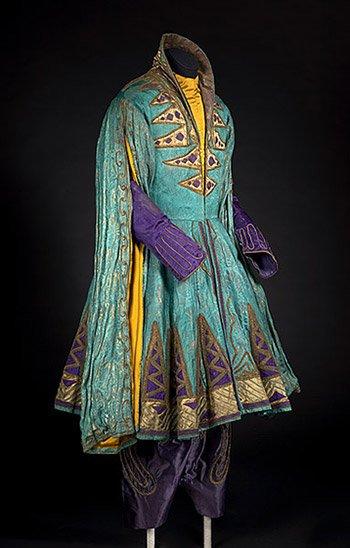
Léon Bakst designed this costume for the character Shah Zeman in the 1910 ballet “Scheherazade” by Ballets Russes. (Via the National Gallery of Australia)
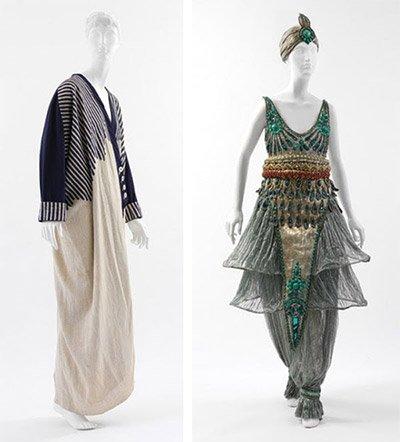
Paul Poiret earned the nickname “Pasha of Paris” because of his obsession with the Near, Middle, and Far East. Left is a 1912 coat (Via Heilbrunn Timeline of Art History, The Metropolitan Museum of Art)

Loose-fitting drop-waisted dresses were the height of elegance in the 1920s, as you can see on the cover of the Summer 1928 issue of McCall Quarterly. (Via HubPages.com)
Limited free articles. Subscribe for full access.

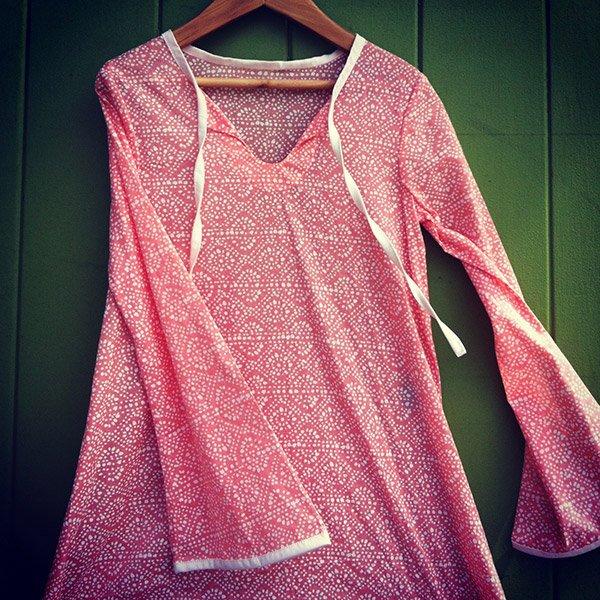






 Dr. Bilal Philips
Dr. Bilal Philips